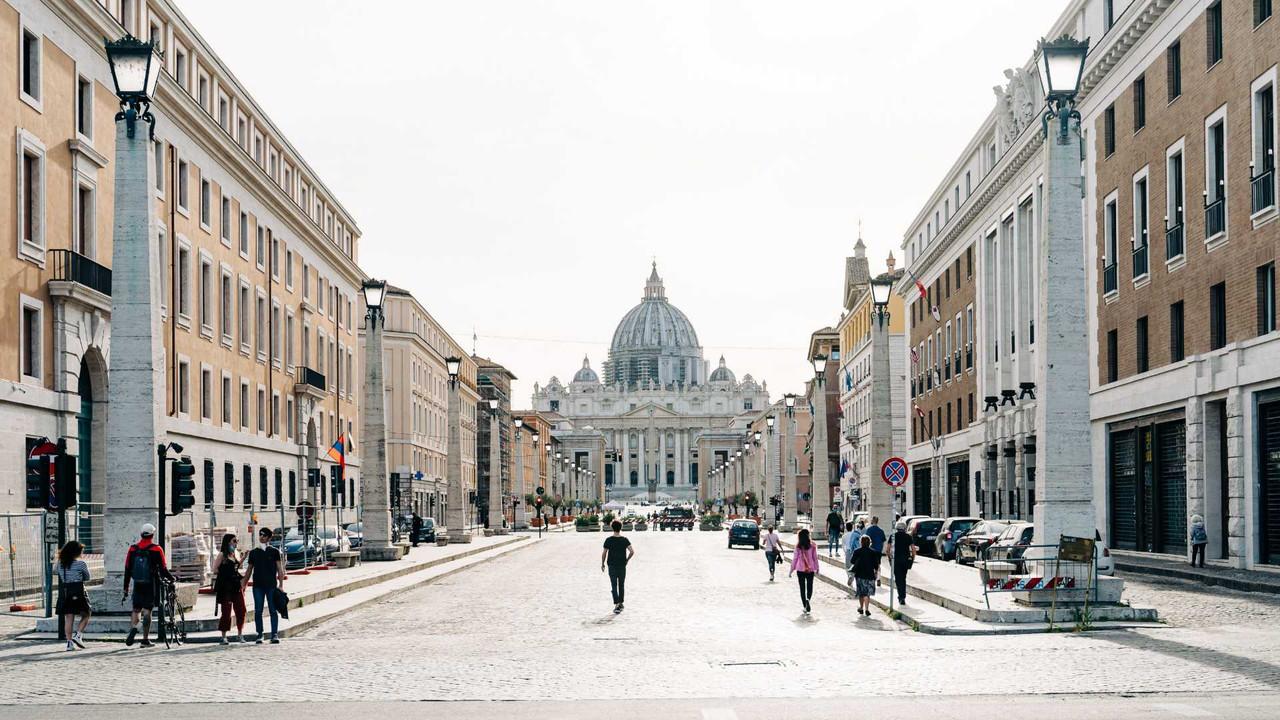Holy See
Vacation and Leave Policies
Understand the regulations on vacation and other types of leave in Holy See

Holiday leave
The Holy See's labor regulations are likely governed by a combination of Canon Law (the internal laws of the Catholic Church) and specific Vatican City State employment guidelines.
Key Considerations
- Employment Status: Entitlements to holiday leave likely differ based on the type of employment within the Holy See. Distinctions may exist between clergy, lay workers, and employees of specific Vatican institutions.
- Length of Service: The amount of holiday leave may increase with the duration of an employee's service in the Holy See.
- Negotiations: Individual contracts or work agreements could stipulate holiday leave allowances that go beyond the established minimums.
Typical Holiday Leave Entitlements
While no official public record is readily available, here's what you might reasonably expect based on common practices:
- Annual Leave: A standard entitlement could be around 20-30 working days of paid holiday leave per year.
Where to Find Information
- Vatican Employment Offices: Contacting relevant employment or human resources departments within the Vatican administration would be the most reliable way to obtain specific information.
- Church Authorities: Priests or religious leaders with experience working within the Holy See could provide insights.
Public holidays
The Holy See, also known as Vatican City State, observes a mix of religious solemnities central to the Catholic faith and national holidays specific to the Vatican City State.
Fixed Public Holidays
The fixed public holidays in the Holy See include:
- January 1st: Solemnity of Mary, Mother of God
- January 6th: Epiphany of the Lord
- March 19th: Feast of Saint Joseph, Husband of the Blessed Virgin Mary
- March 13th: Anniversary of the Election of the Reigning Pope (currently Pope Francis)
- May 1st: Feast of Saint Joseph the Worker
- June 29th: Solemnity of Saints Peter and Paul, Apostles
- August 15th: Assumption of the Blessed Virgin Mary into Heaven
- November 1st: Solemnity of All Saints
- December 8th: Feast of the Immaculate Conception of the Blessed Virgin Mary
- December 25th: Christmas Day (Nativity of the Lord)
Moveable Public Holidays
The Holy See also observes moveable public holidays, which include:
- Easter Sunday: (Varies annually)
- Easter Monday: (Varies annually)
- Ascension Thursday: 40 days after Easter Sunday
- Corpus Christi: Thursday after Trinity Sunday (60 days after Easter Sunday)
Additional Notes
- Papal Inauguration: The anniversary of a reigning Pope's Inauguration is also usually a public holiday.
- Sundays: All Sundays of the year are considered public holidays within the Holy See.
The official list of public holidays is published annually by the Prefecture of the Pontifical Household.
Types of leave
In the Holy See, labor laws likely blend aspects of Canon Law (the Catholic Church's internal legal system) and specific Vatican City State regulations. This unique blend results in various types of leave that might be available to employees.
Standard Leave
Employees are likely entitled to a certain number of paid vacation days per year. The specific allocation would depend on factors like their employment contract, length of service, and any applicable Vatican regulations.
Personal and Medical Leave
Sick Leave
Provisions for paid sick leave are likely in place to cover instances of illness or injury. The exact duration and any requirements for medical certification would be outlined in relevant Vatican employment regulations.
Maternity Leave
The Holy See may provide paid leave for expectant and new mothers. Existing Papal teachings and potential Vatican legislation could determine the available benefits.
Paternity Leave
While less established than maternity leave, the Holy See might offer some form of paid leave for fathers around the birth of a child. Look to recent Vatican initiatives on family support for potential indications.
Other Potential Forms of Leave
Bereavement Leave
Provisions might exist for paid leave in the event of the death of a close family member.
Sabbatical Leave
Clergy or employees of Vatican institutions could potentially have access to sabbatical leaves for extended periods of study, research, or renewal. Provisions are likely governed by Church ordinances and specific institutional policies.
Information Sources
The General Regulations for Personnel of the Holy See and Vatican City State likely forms a key part of the Holy See's labor regulations. Vatican Employment Offices and Human Resources would be the most direct sources to consult for reliable and up-to-date information on specific leave entitlements.